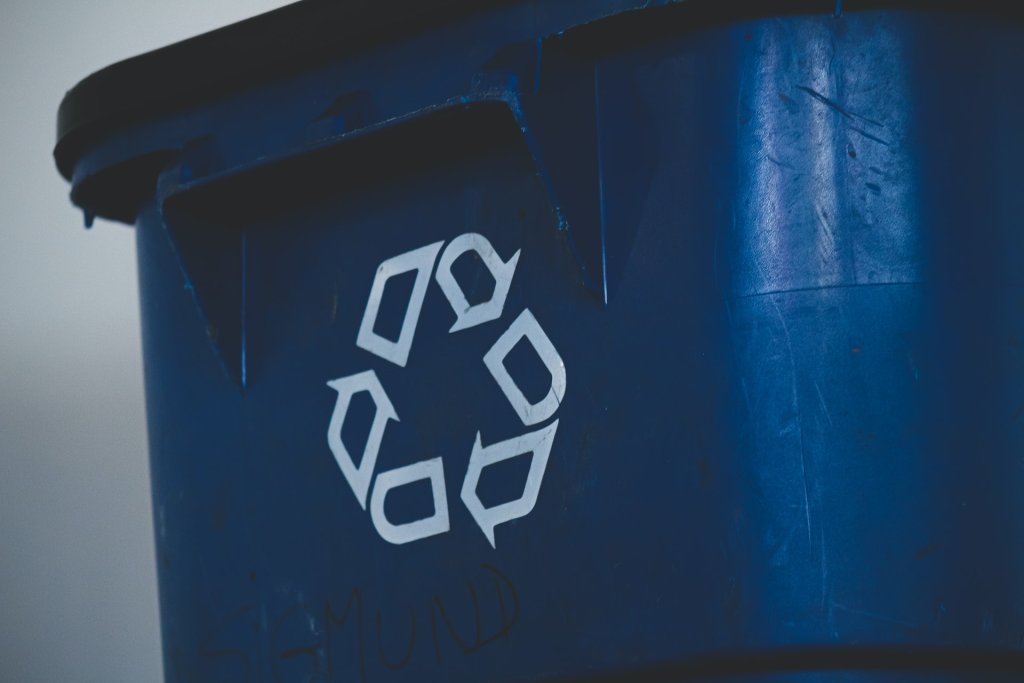With climate change becoming a more critical issue, it’s more important than ever to make changes to look after the environment. You can do this in every aspect of life, including in your home. Here are the seven best ways to make your home more sustainable.
Choose Somewhere Environmentally Friendly to Live
Though this might feel like a jump, for those looking to move house, it’s worth scouting out any potential homes for environmentally friendly policies. Looking for homes for sale that are high quality and modern mean you’re more likely to find sustainable features in the home. Even if you hadn’t considered moving, you might find moving to a home that’s more environmentally friendly will save you some money and be a worthwhile investment in the long run. It also saves you the hassle of changing everything yourself!
Use Natural Cleaning Products

When cleaning your home and looking after it in the right way, you want to make sure that you’re selecting natural, raw materials to do the job. Often, cleaning solutions can contain harsh ingredients which can be harmful for the environment. They’re also not good for your home in the long run, often wearing down surfaces and furniture in your house.
Inhaling harmful chemicals such as bleach can also cause lots of negative side effects such as irritation, dizziness, and headaches. It’s important to choose products that are not only good for the environment, but good for your home and you, as well as your family.
Get a Dishwasher
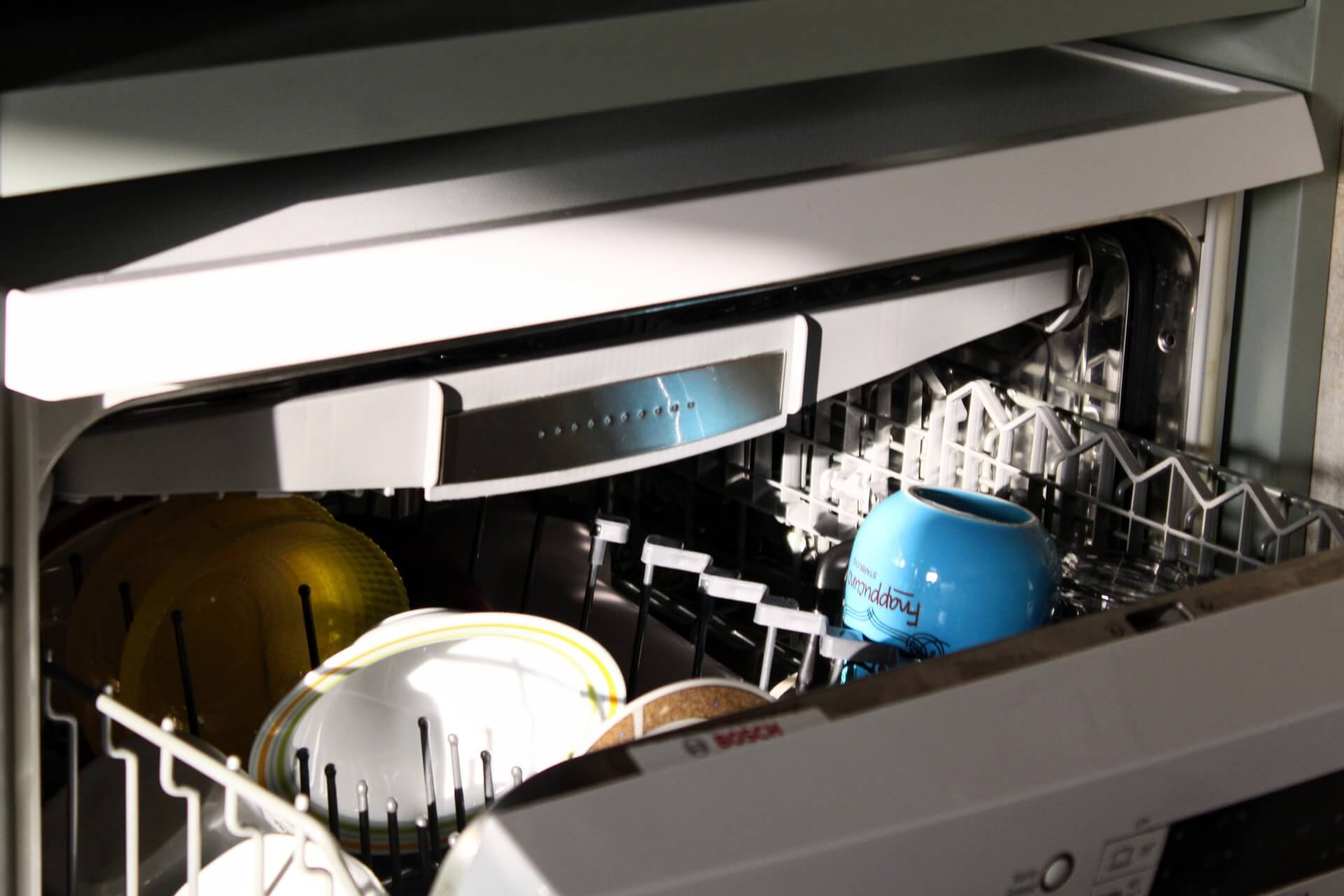
Dishwashers save a lot of water when washing up your pots and pans as opposed to washing them by hand. For example, testing by Which suggests that the most efficient dishwashers can use up to ten times less water than if you were to wash them by hand. That’s a lot of water!
It’s important to use a dishwasher mindfully, however. You should only put a wash on when you have a full load in to make sure you’re not wasting any water or electricity. You should also try running your pots on an eco-setting (if you’re worried about getting a good enough clean, scrape the pots first rather than run them under the tap).
Have Recycling Bins to Hand
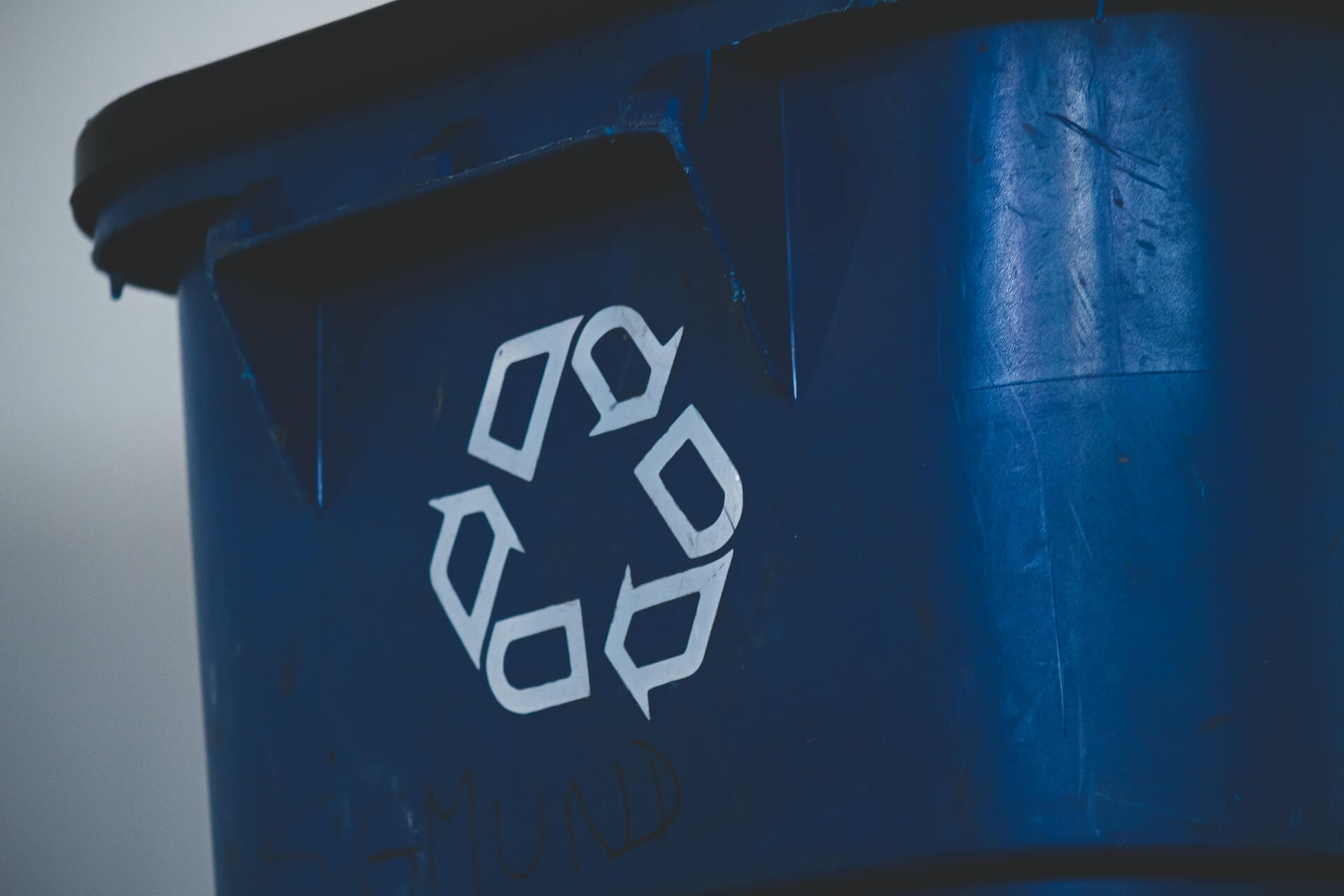
Investing in some good quality recycling bins is a great way to make your home more sustainable. For example, you can invest in separate caddies for your kitchen or even for around your house so that you can separate plastics, paper, and organic materials such as food waste from other standard waste. This means less materials go towards landfills and can save fresh materials that would have otherwise been used.
You can also reuse or repurpose these materials around your home like getting a wood panelling. Food scraps and waste can work well as compost, for example!
Insulate Properly
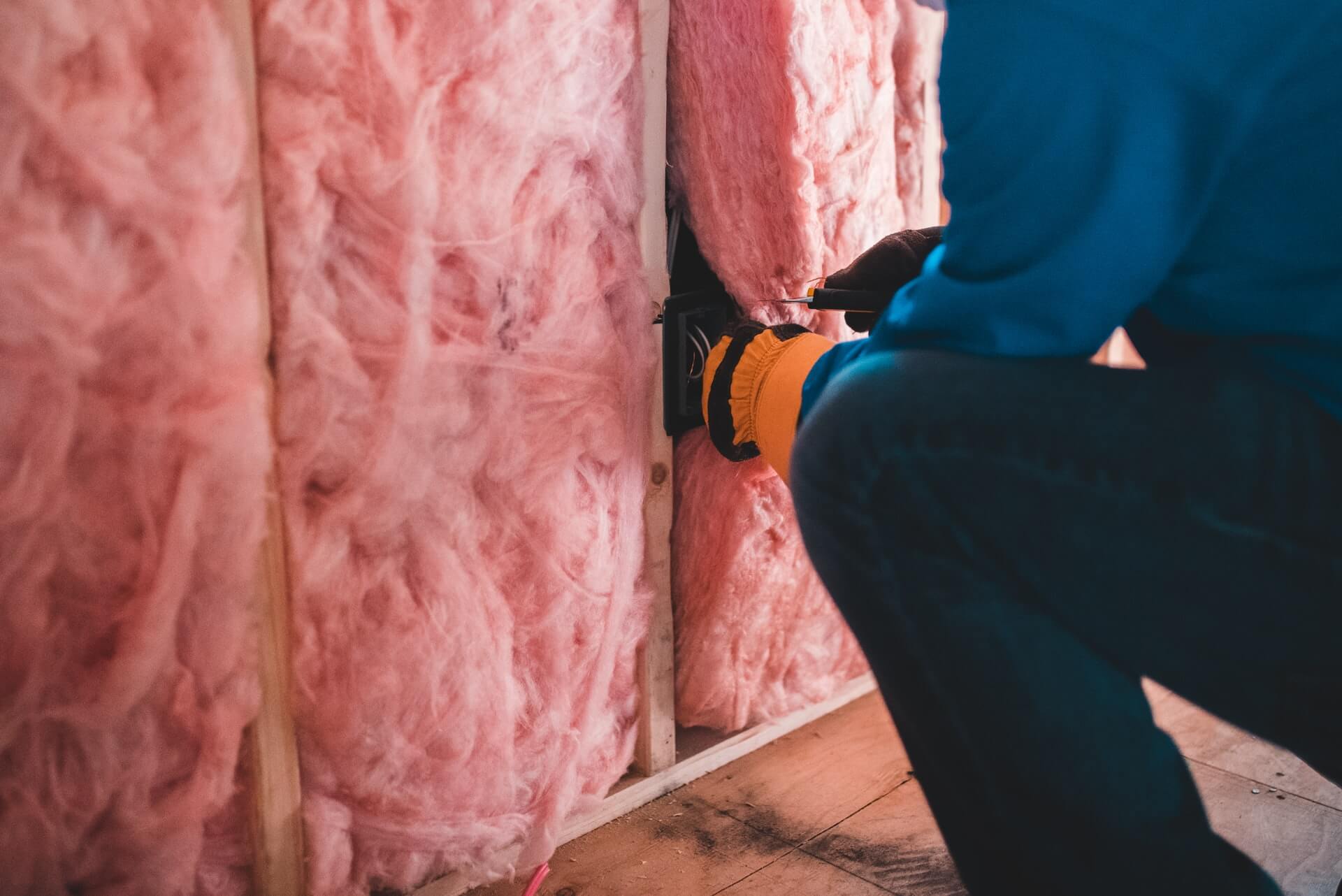
Insulating your home properly is possibly one of the most important things you can do to make your home sustainable. It cuts down heat loss dramatically, which is good for several reasons. Firstly, it reduces your home’s heat flow significantly, helping keep your house warmer and thus saving energy wasted on heating your home. This also means lower heating costs for you, so it’s a win-win!
Not only does it keep heat in your home, but it helps keep your home cooler in summer too. Both of these help add some extra comfort to your home too, an added bonus!
Invest in Renewable Energy
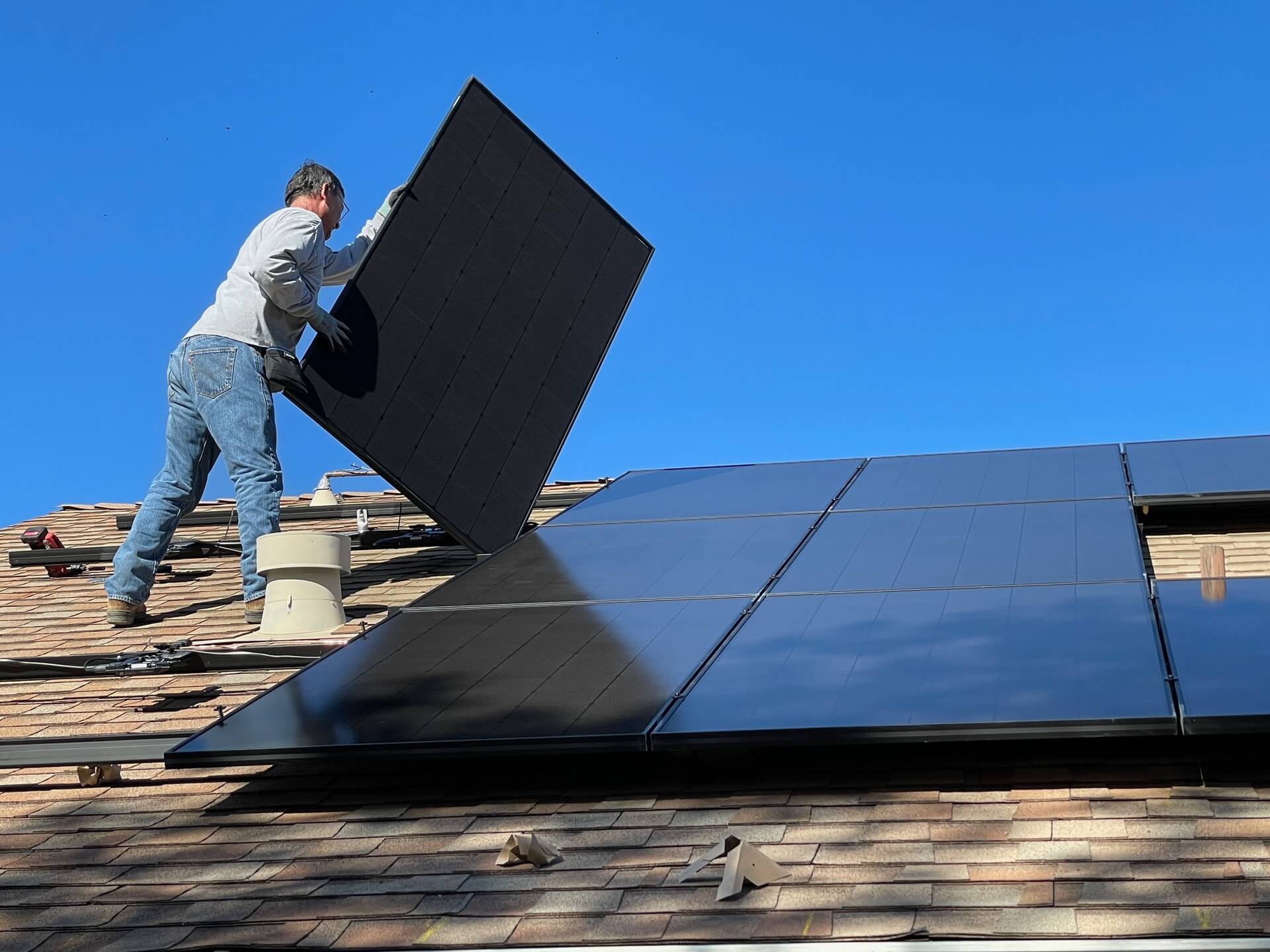
Renewable energy is one of the biggest things to date when it comes to acting in a sustainable way. Using these forms of renewable energy to power your home, whether fully or partially, will help you save a lot of money on energy, as well as reduce your consumption of fossil fuels, significantly reducing your impact on the environment.
Some simple forms like solar panels are perfect for your home – they’re low maintenance, meaning they don’t require much work from you, and can be put out of the way, giving you effortless yet meaningful change.
Install a Rain Harvesting System
Rain harvesting might sound a little odd at first glance, but don’t let that put you off – rain harvesting is an incredibly effective way to save water and help look after the planet. By collecting rainwater from the roof of your home (meaning it’s incredibly easy to do), you can save water on things that might be wasteful or where you might need a lot of water, such as watering plants. If you’re feeling eager, you can also install systems to use rainwater for toilets and even laundry!
Hopefully these seven innovative tips help you in making your home a much more sustainable and environmentally friendly place, whether that’s by saving water and electricity, reducing your consumption of negative chemicals or fossil fuels, or reducing waste.

